The common ethnic musical instruments in Xinjiang are the stringed instruments
If you want to understand the culture of a region, the most direct way is to appreciate the music and dance with local characteristics. There are many ethnic musical instruments in Xinjiang. The following are the common stringed musical instruments in Xinjiang.
1. Satar
The satir is a stringed instrument loved by the Uyghur people, similar in shape to the plucked pluck, and bright in tone. According to the "History of Musicians" written by Mullah Esmutulamujizi, as early as the 14th and 15th centuries, the Uyghur folk had such musical instruments.
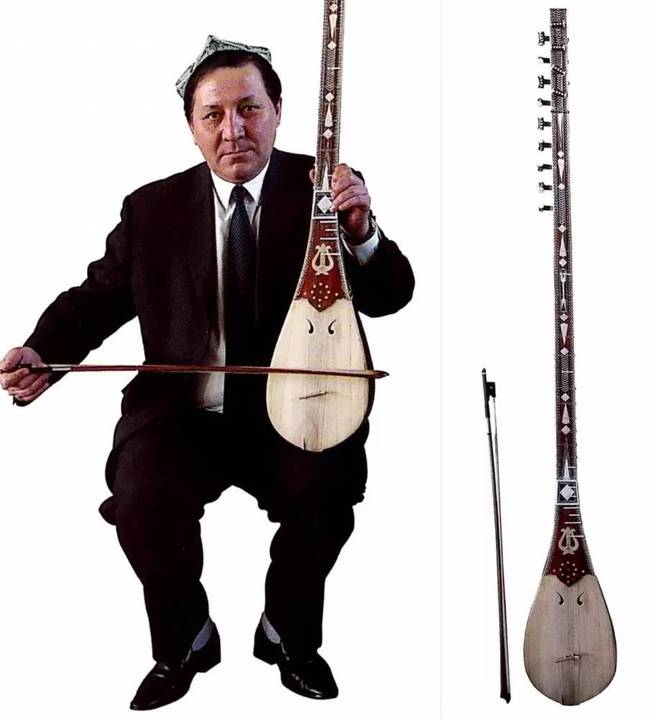
2. Husitar
Husitar is a Uyghur stringed instrument. For a long time, Husitar has been obliterated by the clouds of history, and it is an ancient folk musical instrument of the Uyghur people in Xinjiang that has long been lost. It wasn't revived until the 1970s.
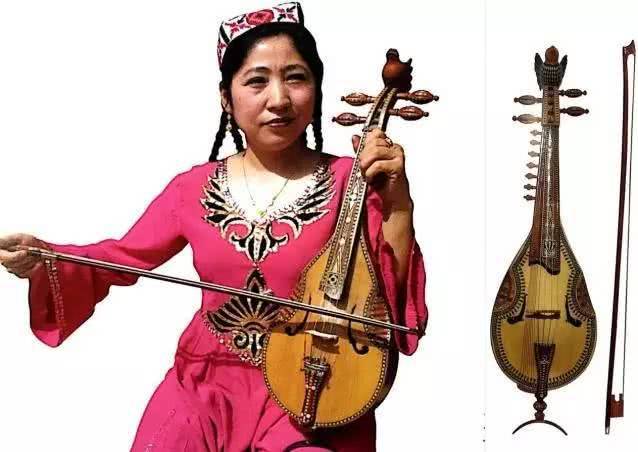
3. Eczech
Originating in ancient Persia, the Aijik is a stringed instrument of the Uyghur, Uzbek and Tajik ethnic groups in Xinjiang. It is now popular in the southern Xinjiang region and is mainly used to play folk songs and Muqam tunes. Aijie has a unique and unique appearance, and the spherical speaker is its biggest feature.
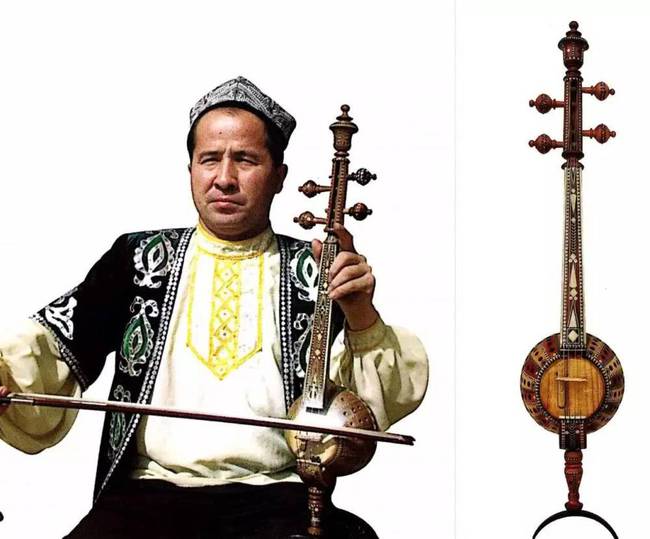
4. Matouqin
Matouqin is a favorite musical instrument of the Mongolian people. Matouqin has a long history and evolved from the stringed instrument Xiqin in the Tang and Song Dynasties.
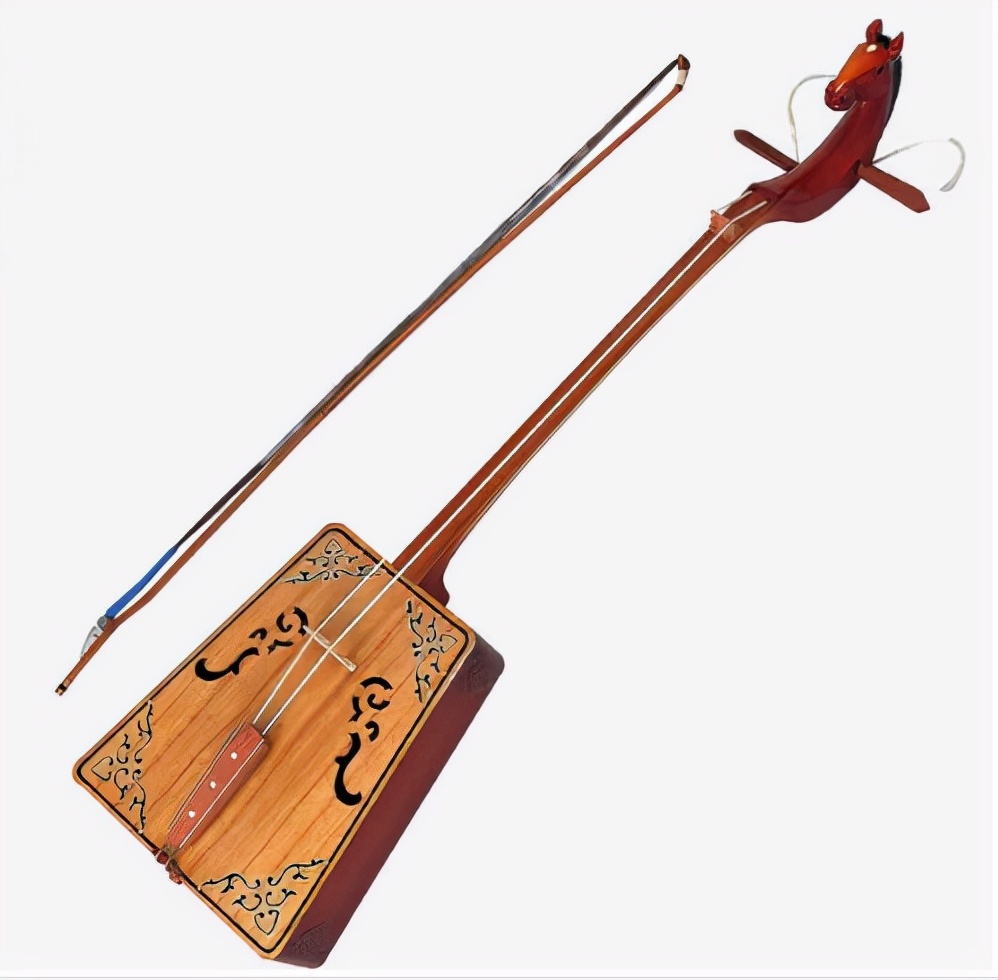
Matouqin is a stringed instrument. The body is made of wood, about one meter long, and has two strings. The body (sound box) is trapezoidal, and the sound is deep and round, with a low return.
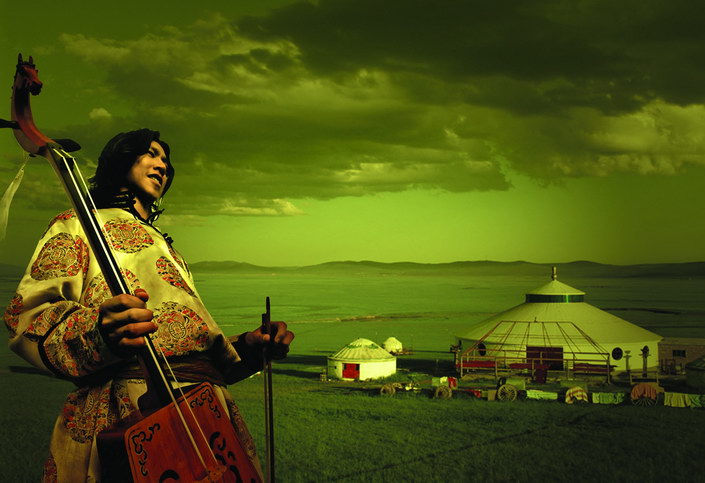
 渝公网安备 50010702504639号
渝公网安备 50010702504639号